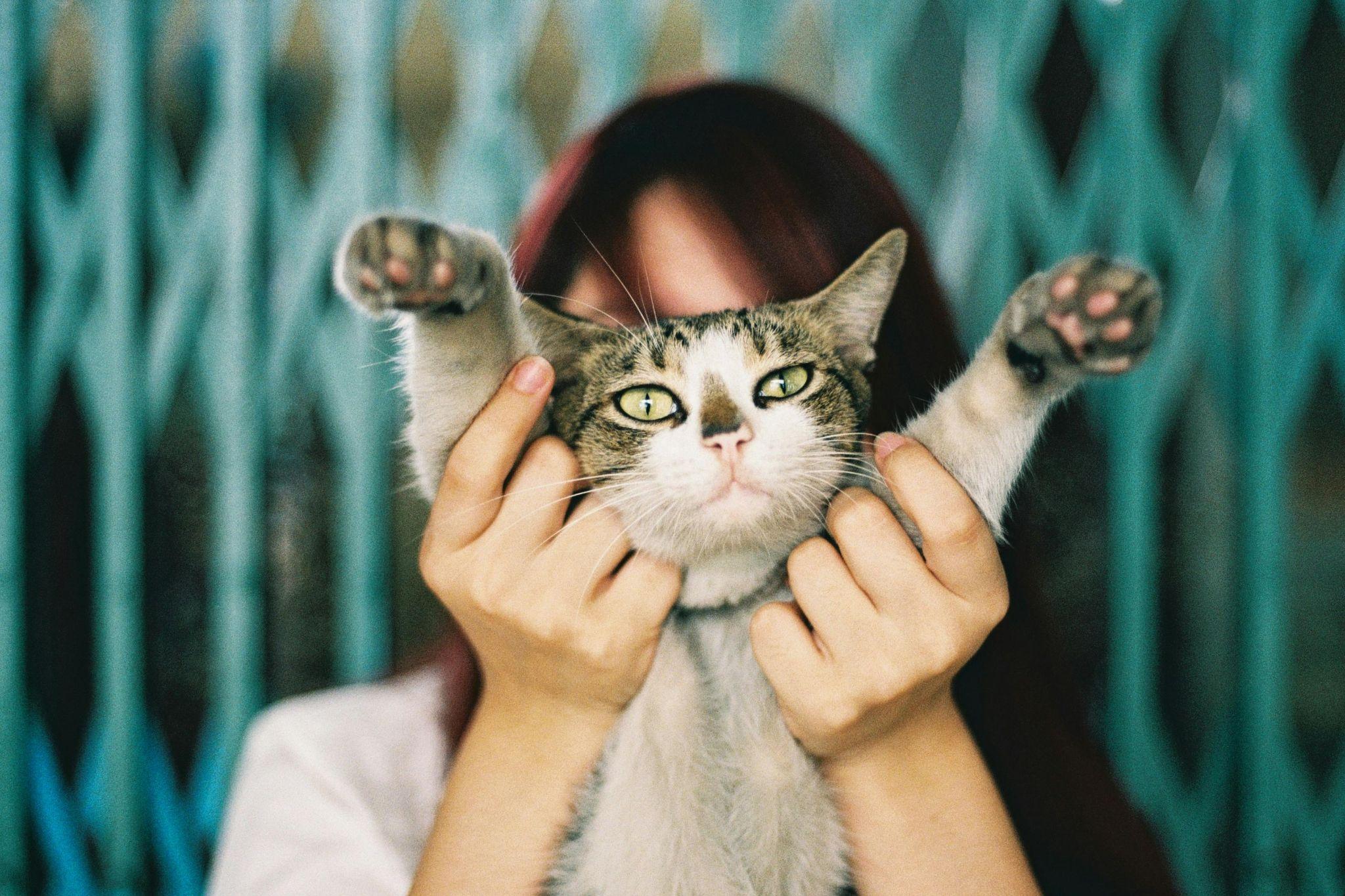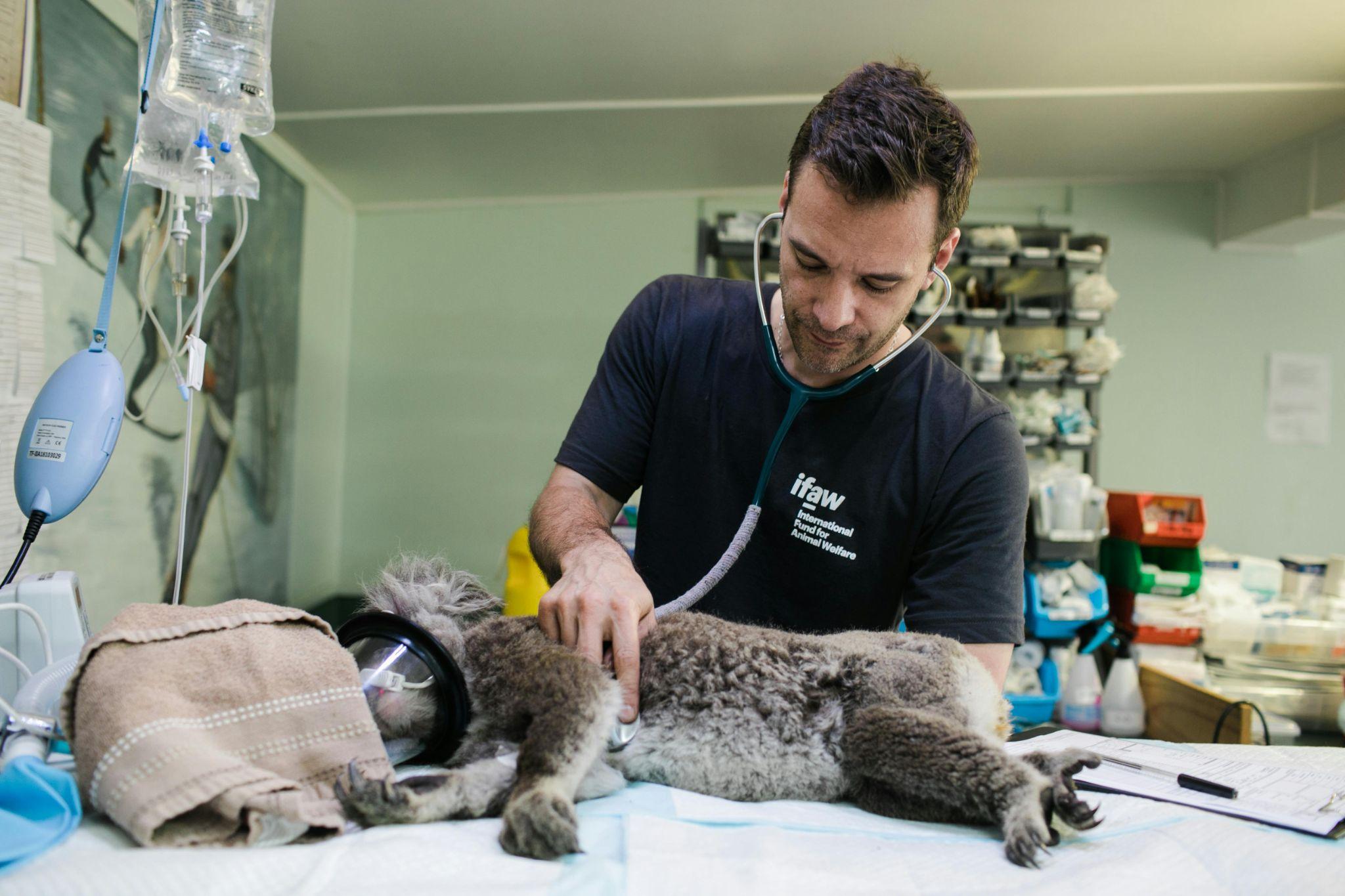How to Help Your Pet Adjust to New Family Members
Welcoming a new family member is an exciting milestone, but it can also pose challenges for your pet. Animals thrive on routine and familiarity, so introducing them to new people may lead to anxiety, confusion, or even territorial behavior. However, with thoughtful planning and patience, you can help your furry friend adapt to these changes and create a harmonious environment for everyone. In this article, we will explore effective strategies for introducing pets to new family members, share practical pet adjustment tips, and discuss how to foster a peaceful coexistence. https://truepetslove.com/product/dog-camera-wi-fi/
Understanding Your Pet’s Behavior
Recognizing Signs of Stress
Pets, like humans, can experience stress when their environment changes. Recognizing the signs that your pet may be struggling to adjust is crucial for addressing their needs effectively. Common indicators include:
- Hiding or avoiding new family members.
- Aggression or growling when approached.
- Excessive vocalization, such as barking or meowing.
- Changes in eating or bathroom habits.
- Destructive behavior, like chewing furniture or scratching.
Assessing Your Pet’s Personality
Every pet has a unique personality, which significantly impacts their response to newcomers. Understanding whether your pet is naturally shy, curious, or territorial can help you tailor your approach. For instance:
- Shy or timid pets may require more time and gentle introductions.
- Outgoing pets might adjust quickly but still need supervision to prevent overwhelming new family members.
Preparing for the Introduction
Setting the Stage
Before introducing your pet to new family members, it’s important to prepare both your pet and your home. Here are some key steps to follow:
- Create a Safe Space: Designate an area in your home where your pet can retreat if they feel overwhelmed. This space should include their bed, toys, and food and water bowls.
- Familiarize New Family Members: Ensure that newcomers understand how to interact with your pet. Teach them about your pet’s likes and dislikes, as well as any specific commands they respond to.
- Maintain Routines: Try to keep your pet’s routine as consistent as possible. Regular feeding, walking, and playtimes can help reduce anxiety during this transition.
Introducing New Family Members to Your Pet
Step 1: Initial Introduction
When introducing pets to new family members, choose a neutral space if possible, such as your yard or a park.
- Keep it Calm: Ensure the introduction is low-key and not overwhelming.
- Use Treats: Bring treats to reward your pet for positive behavior during the introduction.
Step 2: Gradual Meetings
After the initial introduction, gradually allow new family members to interact with your pet in a controlled manner.
- Short Interactions: Start with brief interactions, allowing your pet to approach new family members at their own pace.
- Observe Body Language: Pay close attention to your pet’s body language. If they seem uncomfortable, give them space and try again later.
Helping Pets Adjust to Changes
Building Positive Associations
To help your pet adjust to new family members, focus on creating positive associations. Here are some techniques to try:
- Shared Activities: Engage in activities that involve both your pet and the new family member, such as playing fetch or going for walks together.
- Training Together: If your pet enjoys training sessions, have new family members participate. This can help build trust and reinforce positive behavior.
- Reward Good Behavior: Use treats and praise to reward your pet when they interact positively with new family members. This encourages your pet to associate the new person with positive experiences. https://truepetslove.com/product/fresh-step-cat-litter/
Monitoring Interactions
Supervising interactions between your pet and new family members is essential, especially during the initial adjustment period. Here are some guidelines:
- Set Boundaries: If your pet displays signs of aggression or stress, intervene and separate them from the situation.
- Use Leashes or Gates: For added control, consider using leashes or baby gates during introductions to prevent any potential conflicts.
Providing Individual Attention
Continue to give your pet individual attention, even while focusing on the new family member. Maintaining your bond with your pet can alleviate feelings of jealousy or insecurity.
- Quality Time: Set aside time for one-on-one play sessions or cuddle time with your pet.
- Consistent Affection: Regularly reassure your pet with affection and positive reinforcement.
Pet Adjustment Tips
Create a Routine
One of the best tips for pet adjustment is to create a new routine that incorporates both your pet and the new family member. This can help establish stability during the transition. Consider the following elements:
- Feeding Schedule: If the new family member will be involved in pet care, include them in feeding routines.
- Walking Together: Schedule group walks where both the new family member and your pet can bond.
- Playtime: Incorporate playtime into daily routines to encourage positive interactions.
Be Patient and Give It Time
Adjusting to new family members takes time. It’s essential to be patient and allow your pet to acclimate at their own pace.
- Recognize Progress: Celebrate small milestones, such as your pet approaching the new family member or relaxing around them.
- Avoid Forceful Interactions: Never force your pet to interact if they are showing signs of stress. Allow them to dictate the pace of the adjustment.
Consult a Professional if Needed
If your pet continues to struggle with the adjustment despite your efforts, consider consulting a professional. https://truepetslove.com/
- Veterinarian: Speak with your vet to rule out any underlying health issues that could be affecting your pet’s behavior.
- Animal Behaviorist: A certified animal behaviorist can provide tailored strategies to help your pet cope with the changes.
Introducing pets to new family members can be a delicate process, but with careful planning and patience, it is possible to create a harmonious environment for everyone involved. By understanding your pet’s behavior, preparing effectively, and utilizing positive reinforcement, you can help your furry friend adjust to changes with confidence. Remember, the key to success lies in maintaining routines, providing individual attention, and fostering positive interactions. How will you make this transition a positive experience for your pet?
